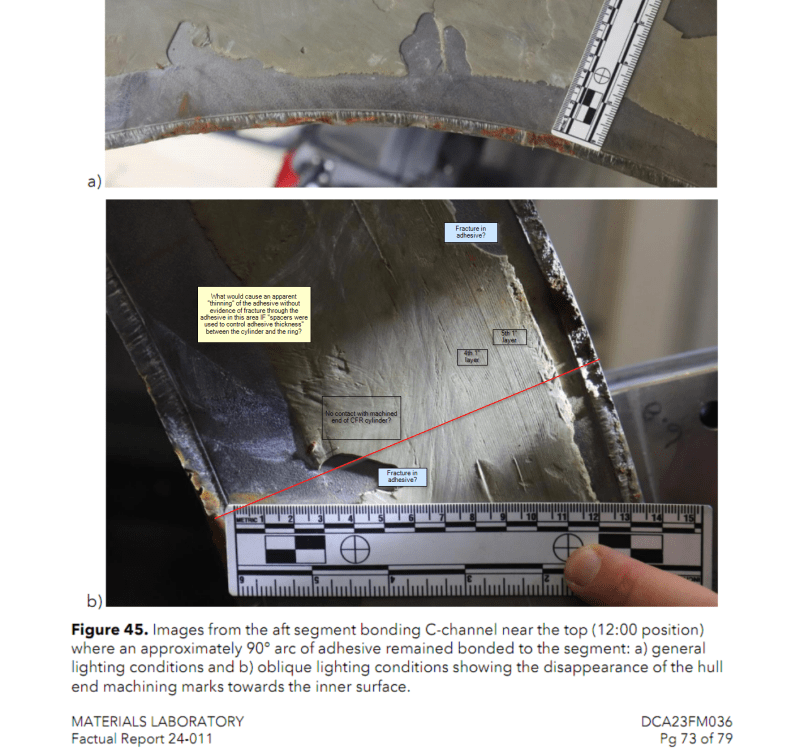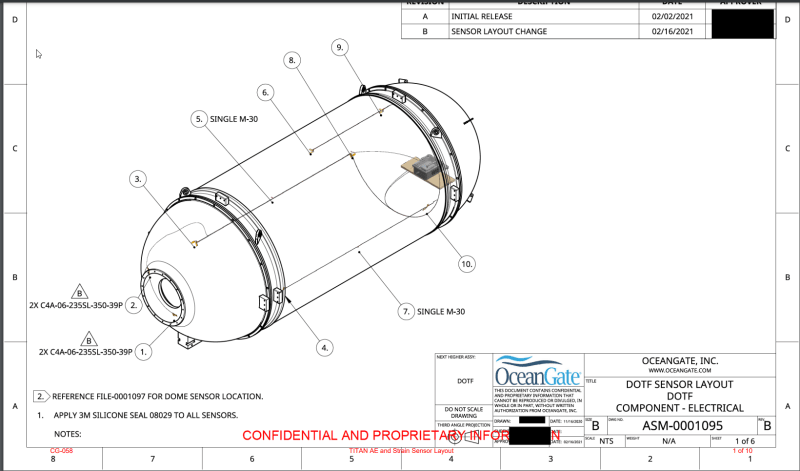IRstuff
Aerospace
- Jun 3, 2002
- 44,706
What's amusing and distressing is that no one at OG had even considered to graph the strain gage data vs. depth, which would have made it obvious that something drastic had occurred on dive 80(?), i.e., the loud "bang"
Potentially worse yet, someone might have suggested the same graph, but Rush might have nixed it.
TTFN (ta ta for now)
I can do absolutely anything. I'm an expert! faq731-376 forum1529 Entire Forum list
Potentially worse yet, someone might have suggested the same graph, but Rush might have nixed it.
TTFN (ta ta for now)
I can do absolutely anything. I'm an expert! faq731-376 forum1529 Entire Forum list


